News
A Guide to Wilks Fendering Types
Fendering and rub rails are installed along the edge of a boat’s hull to protect it from damage caused by contact with docks, other vessels, or pilings. The following guide to Wilks’ fendering highlights the wide selection of profiles manufactured by Wilks since 1973, designed to meet the needs of both boat builders and owners across all levels.
Choosing the right fendering is so important for it to perform effectively. If it doesn’t fit properly, it may not provide the intended protection. Additionally, selecting the correct profile ensures the fendering stays securely in place, especially in rough conditions. An incorrect profile or poor fit can cause the fendering or rub rail to become loose or dislodged, making it ineffective. A proper fit is crucial for both functionality and aesthetics, ensuring a clean, uniform appearance.
Continue reading below to find the best Wilks fendering for you!
Types of Wilks Fendering
CLICK
The Click fendering range is the latest addition, offering a smooth, clean finish with no visible fixings. Installation is straightforward, and the range is particularly popular with leisure boats. Available in four sizes to suit different requirements.
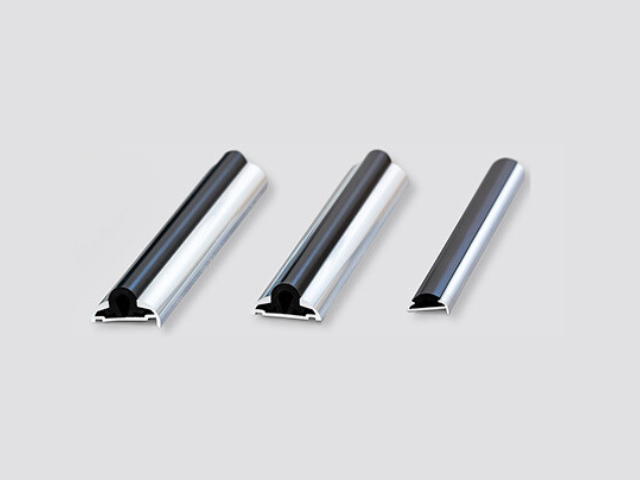

BUMP!
The BUMP! range successfully blends functionality with style. It is designed for straightforward installation and can accommodate curves of up to an 80mm radius without requiring mitred cuts. BUMP! fendering is available in two sizes (53mm and 65mm) and three colour options: black, white, and traditional.
ALUMINIUM (ALI)
The ALI fendering range offers a classic appearance with a refined feel. Widths range from 22mm to 83mm, and each profile is paired with a flexible PVC insert for additional protection. Aluminium fendering is valued for its attractive finish, complementing the natural lines of the hull.

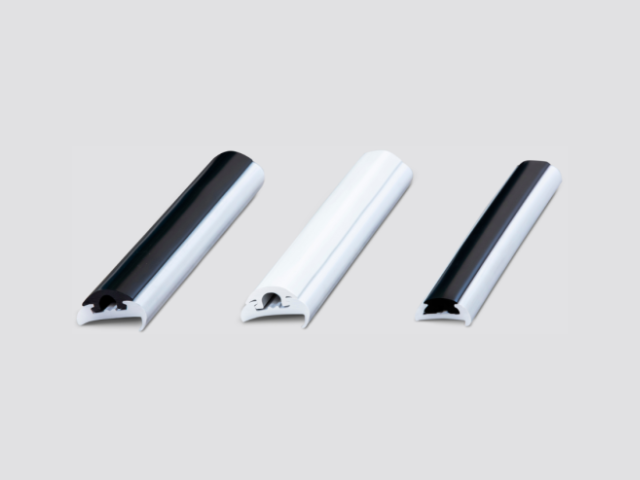
RIGID PVC FENDERING
Rigid PVC profiles provide an alternative to aluminium and are ideal for smaller, casual vessels. Available with a choice of stainless steel or PVC inserts, allowing a wide variety of profile options.
D FENDERING
D fendering delivers strong protection, using its distinctive ‘D’ shape to spread impact forces effectively. This extensive range offers solutions for both heavy-duty applications and general marine use, with profiles suitable for various sectors.
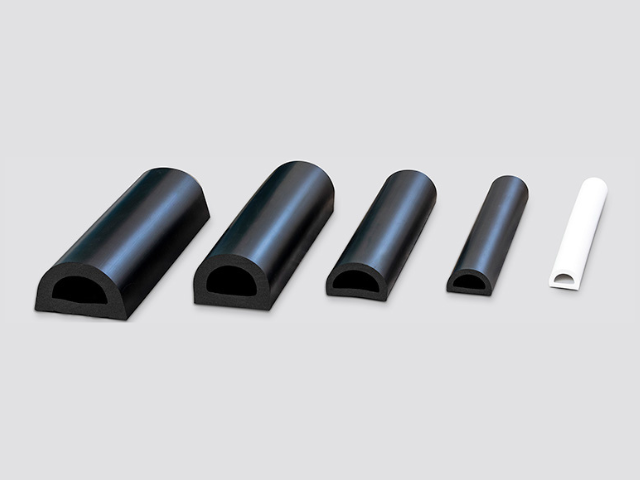
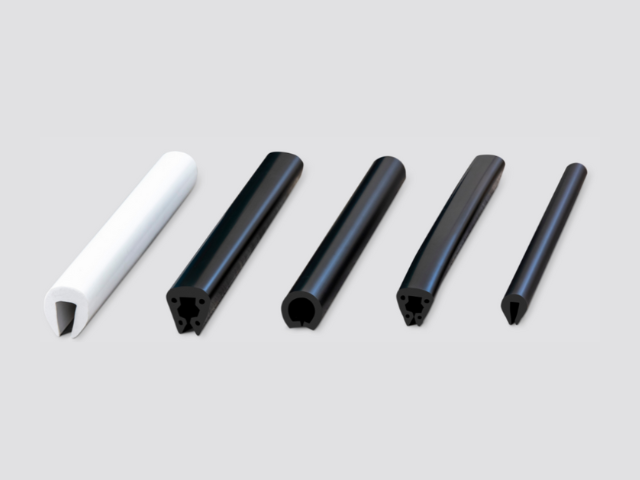
U FENDERING
U profiles are designed to fit over a flange-style join, to cover the vulnerable area. They are available in various shapes to accommodate different types of flanges, whether flat or riveted.
B FENDERING RANGE
B profiles are durable and reliable, offering two points of contact for enhanced protection. These profiles are ideal for busy environments where frequent contact is expected.
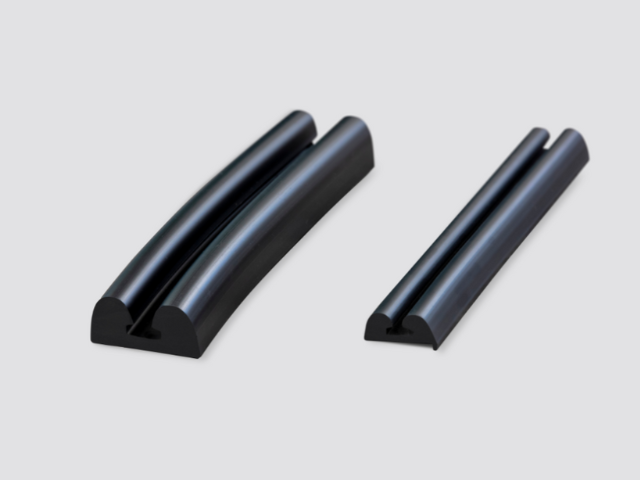
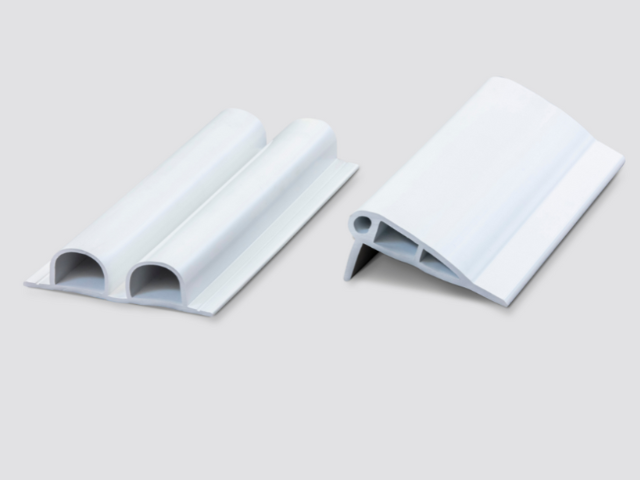
PONTOON FENDERING
Wilks pontoon and dock profiles are created for easy installation while maintaining high standards of durability and minimal maintenance.
TRADITIONAL FENDERING RANGE
This range features woodgrain-finished profiles for a classic aesthetic without the upkeep of real wood. Traditional fendering is available in a selection of shapes, including U, D, B, and BUMP! profiles.
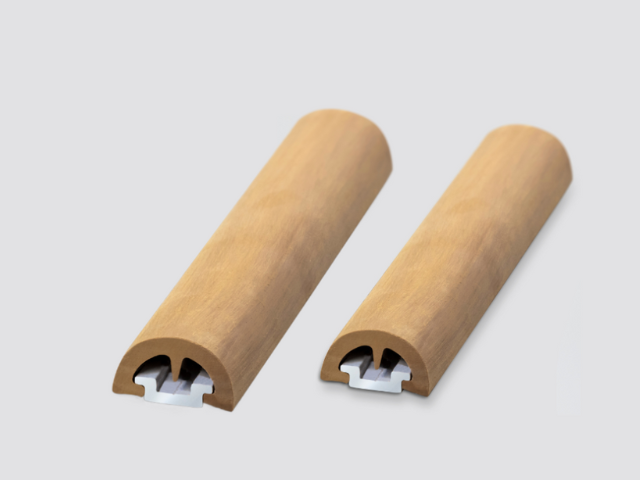
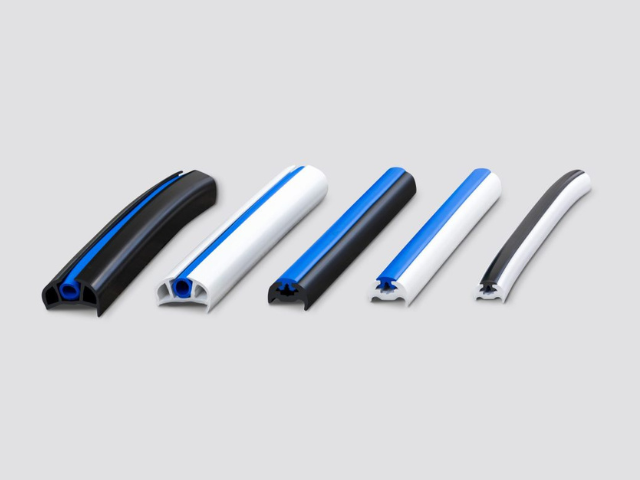
FLEXIBLE PVC PROFILES
Wilks’ flexible PVC profiles are a more malleable version of the popular rigid PVC range. Made with a slightly softer material, flexible PVC profiles are adept at handling curves and contours with precision and ease. This range is completed with a range of colourful PVC inserts for improved style and function.
HOLLOW ROUND PROFILES
Hollow round profiles are highly versatile and suitable for a variety of uses. They are durable, adaptable, and can be installed using several methods, such as threading a metal wire through the centre for added flexibility.
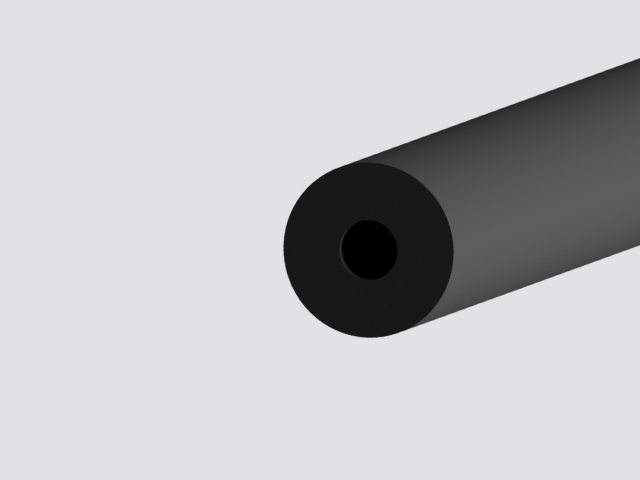
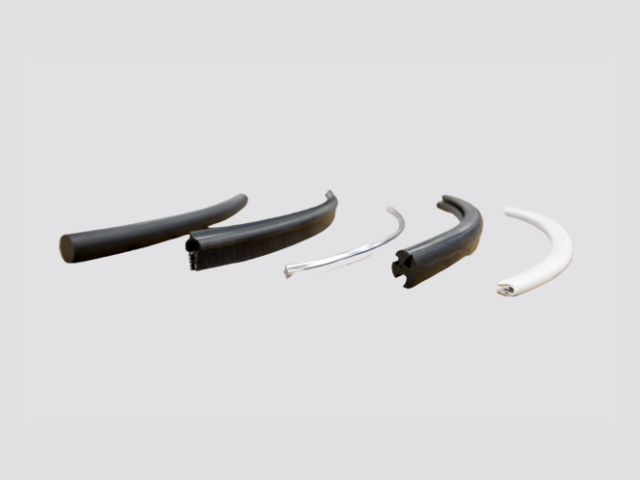
EDGING TRIMS
Edging trims and hatch seals provide a finishing touch by concealing edges and adding an extra layer of water resistance. Profiles fit panels up to 3mm thick.
LOW FRICTION MDPE
Manufactured from medium-density polyethylene, these profiles offer a hard-wearing and low-friction surface, ideal for extreme environments. Available in bright blue and traditional black.
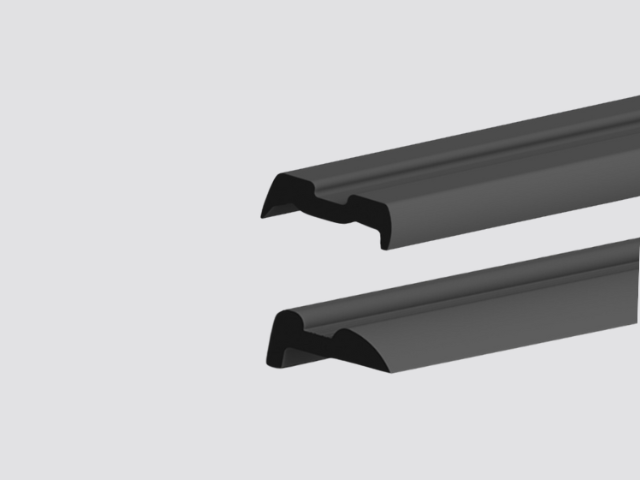
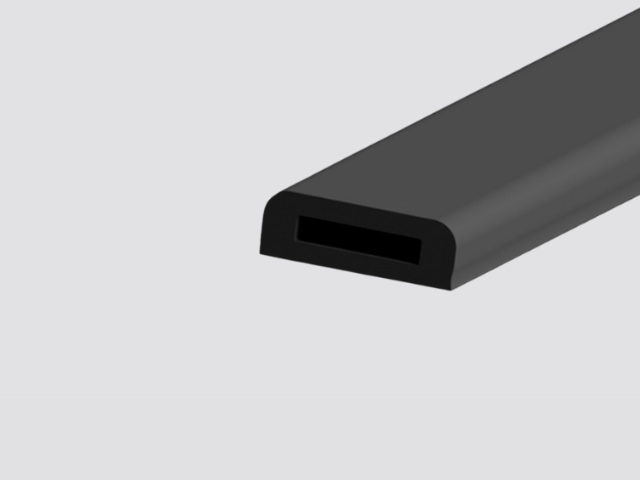
BUFFERS
Wilks buffers provide a cushioned area for high contact zones in a multitude of environments, including marine and shop fitting. Paired with a rigid fixing strip for installation, the buffer will stay secure while offering high-quality protection.
HANDRAILS
Wilks handrails clip onto bars and surfaces, offering added protection in areas of frequent use. Available for two bar sizes and in different finishes. Specifically, profiles are available to fit a 50mm x 9mm bar and a 40mm x 8mm bar. Both are available in black, with the smaller size also available in a traditional finish.
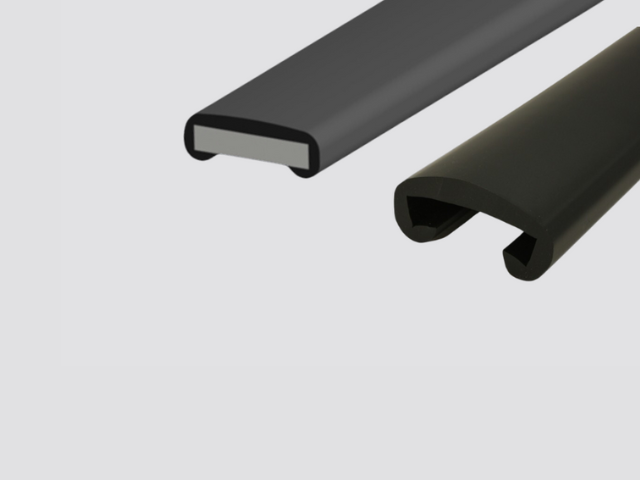
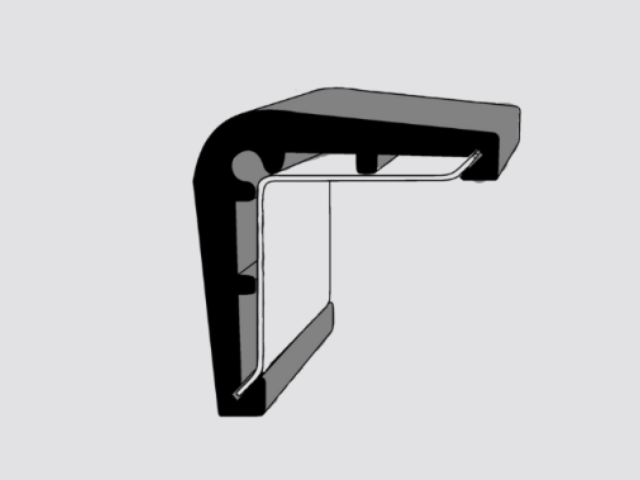
CORNER GUARD
Corner guard profiles offer additional protection for edges, whether installed horizontally or vertically. Designed to fit aluminium retainer profiles, they are ideal for safeguarding vulnerable areas.
THINGS TO CONSIDER
What is the boat’s purpose?
The first step is to think about what your boat will be used for. Different types of boats require different types of fendering, for example:
Working Boats: If your boat is built for heavy-duty tasks, a D profile fender is often considered the best choice. D profiles are strong and durable, ideal for boats that face tough conditions.
Day Cruisers: For lighter, leisure boats like day cruisers, a sleeker and lightweight profile, such as aluminium or rigid PVC, would be a better fit. These materials offer protection while keeping the boat’s appearance sharp and elegant.
To determine the most suitable profile for your boat, consider its intended purpose. For instance, a heavy-duty D profile might be ideal for a working boat, while a sleek and lightweight option like aluminium or rigid PVC could better suit a day cruiser.
What is the intended fendering location and size?
Identifying where the fendering will be placed on your boat is essential for selecting the right size profile. The location helps determine the amount of space that needs to be filled, and the size of the profile should match this. Profiles within the same category can vary in size, even if they share a similar design.
For example, the Click range offers four sizes, ranging from 38mm to 150mm in width. D fendering comes in widths from 22mm to 100mm, with variations in height and wall thickness. Meanwhile, U profiles represent the largest category of profiles, offering 29 options ranging from 8mm to 45mm in width.
By considering the boat’s purpose and required size for the fendering, you can choose the most appropriate profile to ensure both functionality and a proper fit.
In Summary
Wilks offers a comprehensive range of fendering solutions to suit all types of boats and applications. Whether you require robust protection for a working boat or a sleek finish for a leisure cruiser, there is a Wilks profile to meet your needs.
Still need more help to find which fendering you need? Read more or contact us today!
About Flexiteek International
Flexiteek has been creating beautifully engineered synthetic decking and marine products since 2000.
The first-generation Flexiteek product set the standard in synthetic decking, and the revolutionary second-generation product that launched in 2014 provided many enhanced, market-leading benefits.
In 2024, the new Dame Award-nominated third-generation Flexiteek product established a new standard in synthetic decking. The new range is made using a bio-attributed PVC, removing fossil-fuel based PVC for the first time. Flexiteek 3 has enhanced heat performance and all the usual leading benefits you have come to expect from Flexiteek.
Flexiteek 3 is available in five colours, including an exciting new Ash option. There are also six dark wood and monochrome colours available. There are up to three caulking colours to select from, cool white, contemporary grey and traditional black.
Part of the Flexiteek Group, Wilks marine fendering products have been produced in the UK for over 50 years. Wilks have a wide range of fendering options available and renowned customer service from the UK-based sales team.
For more information about our products, visit:
Flexiteek – https://www.flexiteek.com
Wilks – https://www.wilks.co.uk
PRESS CONTACT
For all press and media enquiries, contact Steve Moore – Marketing & Media Manager
Email: [email protected]
Call: +44 (0) 1621 869609
Mobile: +44 (0) 7909 972277